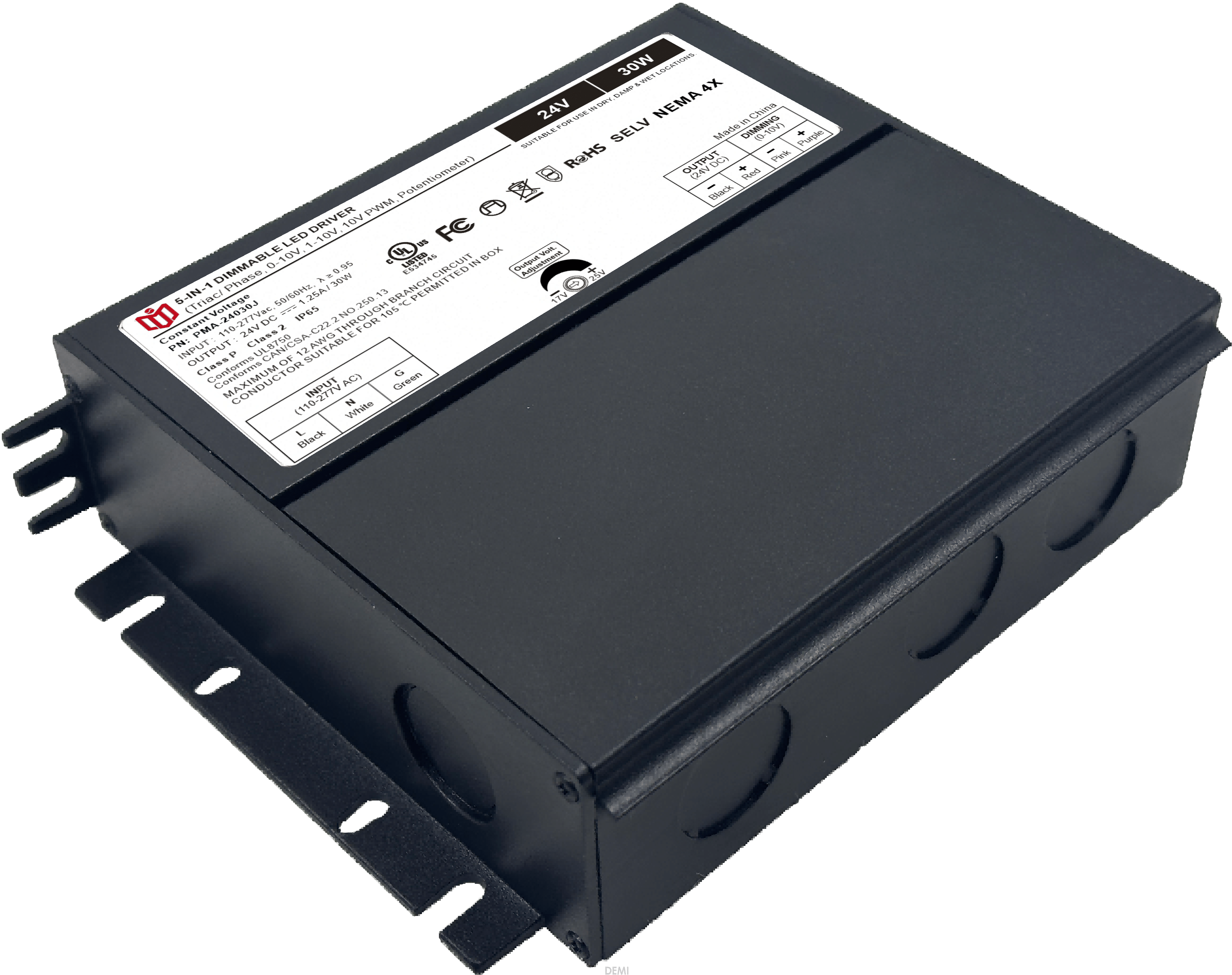Top Designers' Choice: Unveiling the Charm of 0-10V Dimming Solutions

The Pinnacle of Lighting Precision: Why 0-10V Leads Industry Standards
When award-winning architects select fixtures for high-end residences or iconic commercial spaces, they consistently gravitate toward 0-10V dimming protocols. Unlike basic PWM systems, this analog voltage signaling method offers flicker-free transitions across an entire luminosity range—from 0% darkness to 100% brightness—with submillisecond response times. Such micromanaged control eliminates harsh shadows while maintaining consistent CRI values above 90, preserving true color rendering even at low output levels. For projects demanding museum-grade light quality, like art galleries in Mayfair or boutique hotels along St. Tropez coastline, nothing competes with its smooth performance envelope.
Seamless Ecosystem Integration Made Simple
What truly sets apart 0-10V systems is their universal adaptability. Top firms like Gensler and Rockwell Group leverage them to unify disparate components—recessed downlights, linear LED strips, vintage Edison bulbs—into cohesive compositions through centralized controllers. These hubs communicate via standard DALI or DMX protocols yet retain individual addressability thanks to dual-voltage compatibility (both DC and AC variants exist). A recent case study at Dubai’s Museum of Future demonstrated how a single interface managed 3,200 fixtures spanning seven floors, proving scalability doesn’t compromise refinement. Even retrofitting historic buildings becomes feasible since existing wiring often supports retroactive upgrades without structural modifications.
Energy Intelligence Redefined Through Data Analytics
Beyond aesthetic merits lie quantifiable operational benefits. Field tests conducted by Philips Lighting show installations consuming 38% less power versus non-dimmed alternatives during peak hours. Advanced models incorporate occupancy sensors that auto-adjust based on natural daylight harvesting algorithms—reducing carbon footprints by an average of 22 tons annually per large facility. Take Singapore’s Changi Airport T4 terminal: its dynamic zoning strategy cut annual electricity costs by SGD$1.2 million while enhancing passenger comfort through circadian rhythm alignment. Such stats validate why sustainability consultants now mandate 0-10V compliance in LEED Platinum certification pathways.
Bespoke Ambiance Crafting at Your Fingertips
Luxury isn’t just about brightness; it’s about mood sculpting. Michelin-starred restaurants use gradient shifts to signal dining phases—soft amber hues for appetizers escalating to crisp white tones during dessert service. Boutique retailers program slow fades matching customer dwell times near display windows. Home cinema enthusiasts appreciate blackout modes achieving <0.01% leakage levels for unimpeded projection clarity. And wellness centers employ therapeutic spectra cycling—warm morning simulations transitioning into cool evening blues—all orchestrated via intuitive touch panels or voice commands through Alexa/Google Assistant ecosystems. The artistry lies in making technology invisible while amplifying emotional impact.
Future-Proof Investment Backed by Global Manufacturers
Major players including Cree, Lutron, and Acuity Brands continuously innovate around this platform. Their roadmap includes PoE+ powered variants eliminating separate data lines, UV index monitoring add-ons for conservatories, and machine learning modules predicting maintenance needs before failure occurs. At Milan Design Week 2024, Osram debuted solar-assisted hybrid models reducing grid reliance by 65%. With backward compatibility assured through international standards (IEC 62386), early adopters enjoy decade-long relevance without obsolescence risks. As smart cities expand globally, these systems will form backbone infrastructure supporting millions of interconnected nodes—each contributing to safer, greener urban landscapes.
Case Study: From Concept to Reality in Three Acts
Consider London’s Battersea Power Station redevelopment: Phase One involved auditing legacy infrastructure to identify optimal breaker box placements. Phase Two deployed zoned controllers enabling independent operation across retail arcades, coworking lounges, and rooftop bars. Final commissioning used handheld spectrometers verifying uniformity across all channels within ±2% tolerance—critical for protecting priceless industrial heritage features. Post-occupancy surveys revealed tenant satisfaction scores jumping from 7.1/10 to 9.4/10 post-implementation, validating initial investment decisions. Such transformative outcomes explain why discerning clients increasingly specify 0-10V as non-negotiable baseline specifications.
Emerging Trends Shaping Next-Gen Applications
Looking ahead, biophilic design movements merge horticultural growth cycles with tunable spectra—think vertical farms adjusting wavelengths based on photosynthesis requirements. Healthcare facilities experiment with circadian entrainment protocols combating seasonal affective disorders among night shift workers. Automotive showrooms utilize directional spotlighting changing vehicle perception angles dynamically as models rotate on turntables. Each application demands millisecond-accurate coordination only achievable through robust 0-10V frameworks capable of handling complex sequencing patterns without latency issues common in wireless alternatives.
Why Settling for Less Is No Longer An Option
Competitors like Zigbee or Bluetooth mesh pale comparison when evaluating large-scale deployment reliability. Dropouts occur frequently near concrete structures interfering with radio frequencies, whereas twisted pair cabling ensures interference immunity even underground parking garages. Maintenance crews appreciate fault detection capabilities pinpointing faulty segments instantly—no more guesswork replacing entire strings due to single faulty node. Insurance premium reductions averaging 19% further sweeten deals for property owners prioritizing risk mitigation alongside aesthetic excellence. In short, choosing anything besides industry-standard 0-10V feels increasingly like leaving money on the table.
 In heritage architecture prote
In heritage architecture prote
 When small-batch customization
When small-batch customization
 Have the electromagnetic emiss
Have the electromagnetic emiss
 When Triac dimmable power supp
When Triac dimmable power supp
